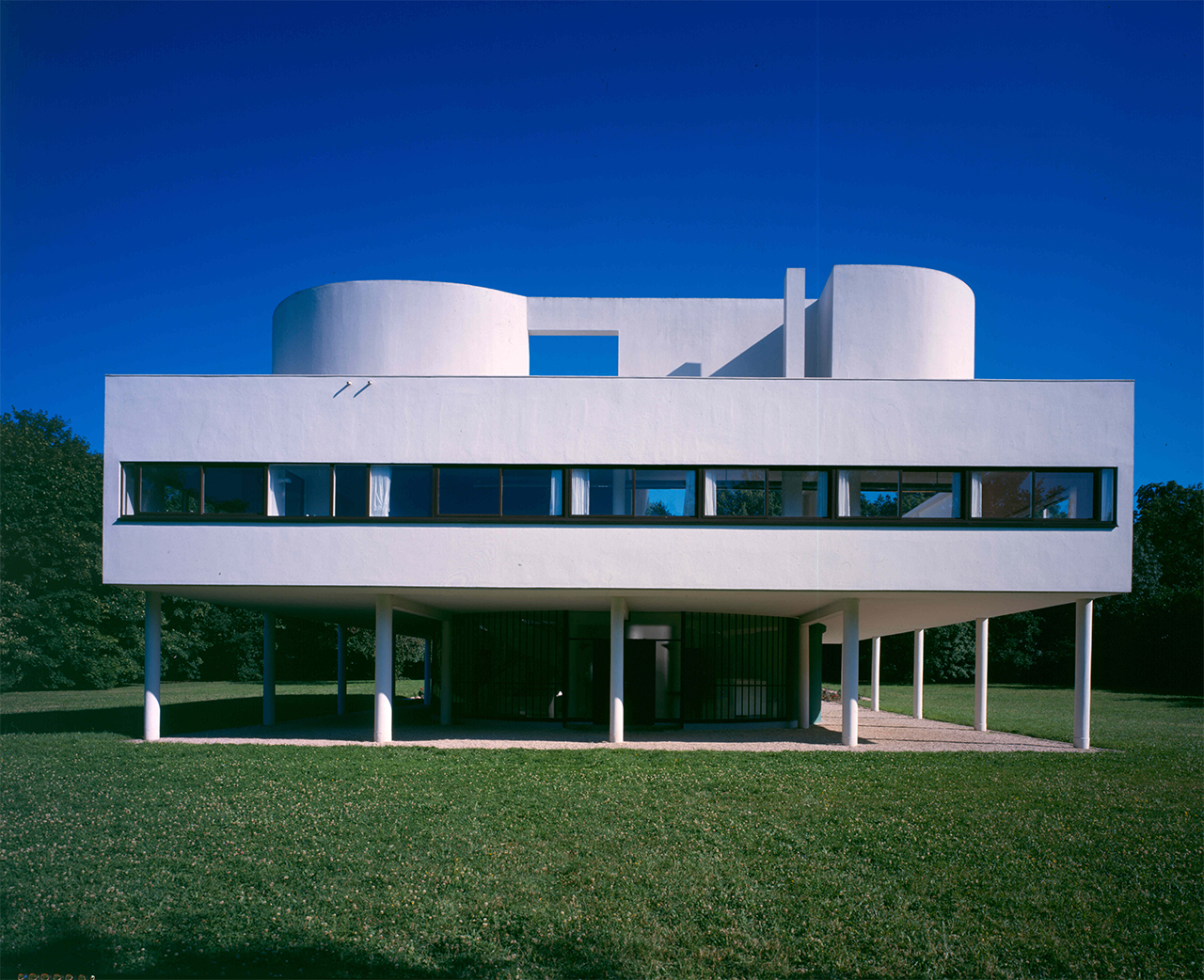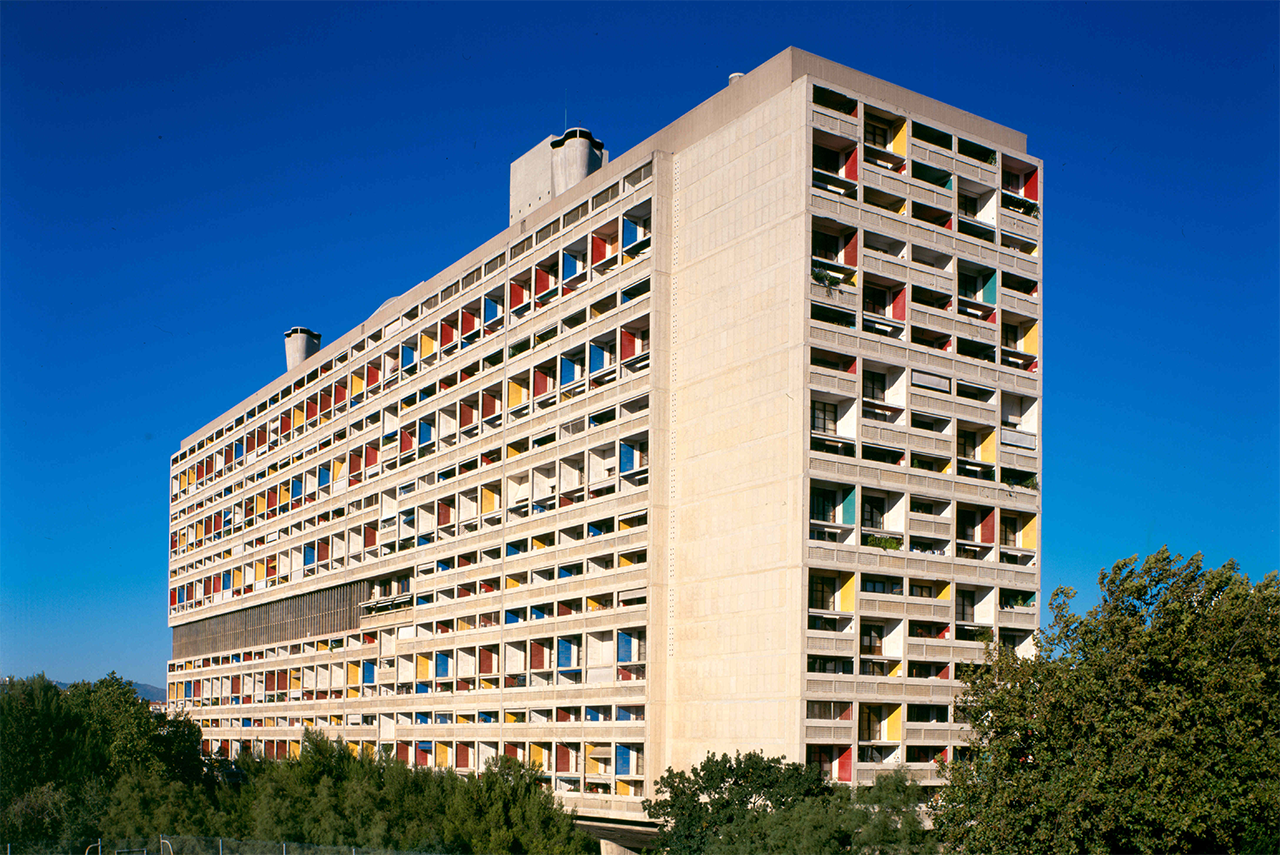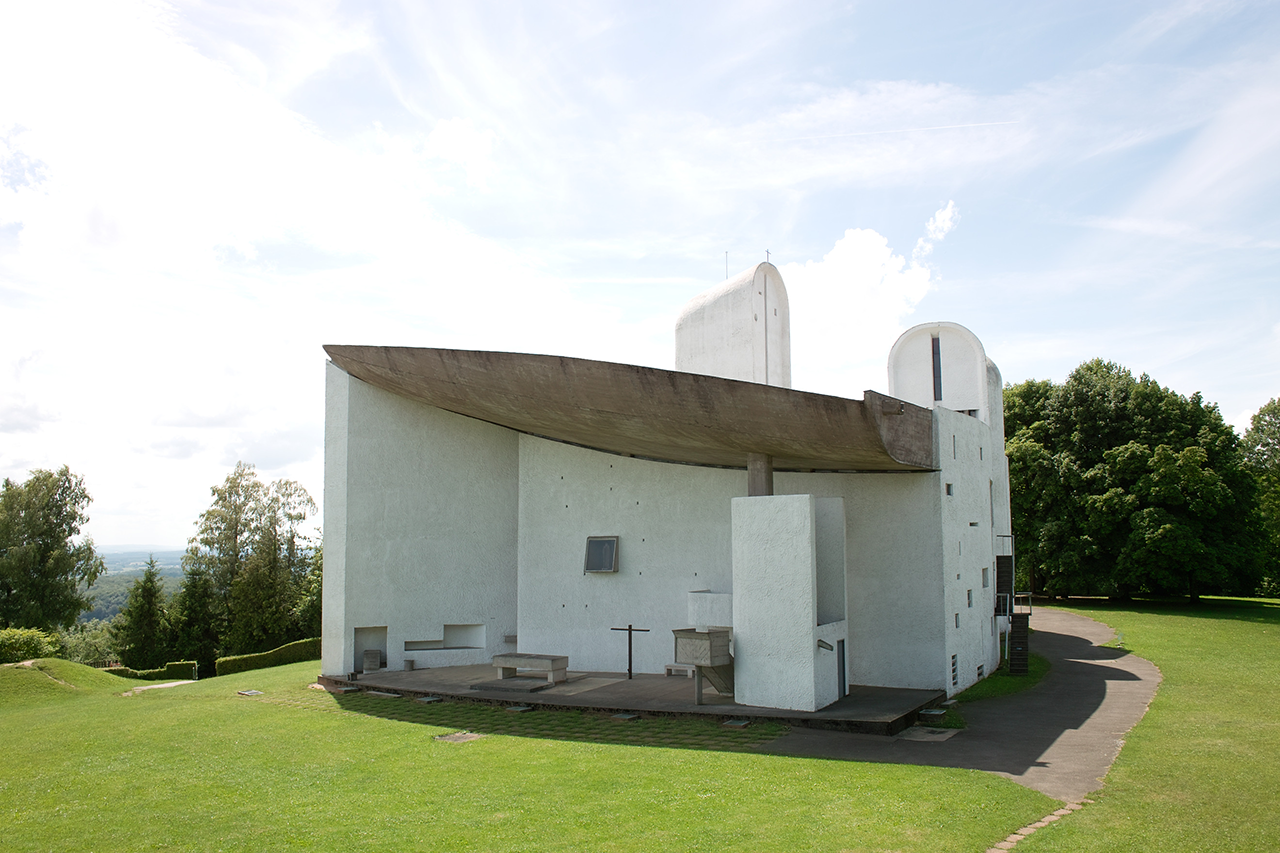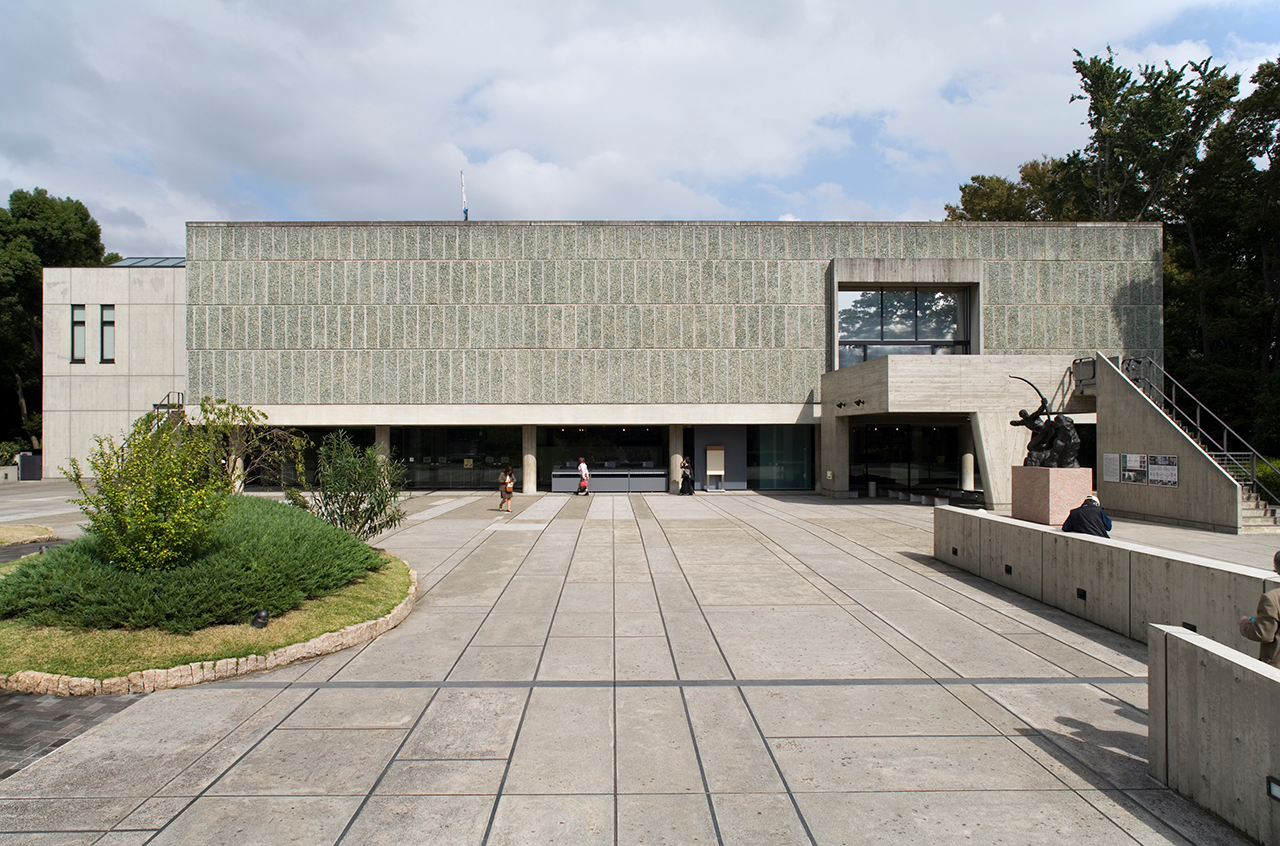About Le Corbusier

Le Corbusier (Charles-Edouard Jeanneret) was born on October 6th, 1887 in La Chaux-de-Fonds,Swiss. His father was a watch craftsman and his mother a piano teacher.
Having graduated from a local art school, Jeanneret traveled across Europe, apprenticed under architects, and eventually returned home to practice his arts and crafts. In 1917, he once again lefts home for Paris.
While active as a Purist painter, at age 35, Jeanneret begins his architectural practice with his cousin,Pierre Jeannere. He manifested his thoughts in “Les Cinq Points d'une Architecture Nouvelle” in an article for the magazine L'Esprit Nouveau, which slowly gained his reputation in the industry. He created functional and unpolluted spaces with Maisons La Roche-Jeanneret and Villa Savoye, which are two of his representative works of the era.

Villa Savoye
Le Corbusier led the industry as an advocate of CIAM in the 1930s. His steel and glass community housings as Immeuble Clarte and Immeuble locative a la Porte Molitor, as well as wood and stone houses such as Villa de Madame Helene de Mandrot and Villa “le Sextant” are some of his notable works of architecture of the time.
After WWII, he establishes his own measurement system of the Modulor, which he used to design the community housings of Unite d'Habitation, religious facilities of Chapelle Notre Dame du Haut in Ronchamp and Couvent Sainte-Marie de La Tourette, and large-scale public structures of Chandigarh.

Unite d'Habitation in Marseilles.

Chapelle Dame du Haut in Ronchamp
Number of Japanese architects apprenticed under Le Corbusier, such as Kunio Mayekawa, Junzo Sakakura, and Takamasa Yoshizaka. The National Museum of Western Art in Tokyo, completed in 1959, is one of Le Corbusier's works assisted by these Japanese architects.

The National Museum of Western Art
Not only did Le Corbusier succeed in his architectural practice, he also flourished as a painter and an artist, creating numerous engravings, sculptures and tapestries. Much commonalities are found between his architectural and artistic works, such as his use of colors. One can say that he manipulated various mediums for the pursuit of general artistry.
Le Corbusier passed away in 1965, however his legacy continued as a pioneer of the 20th century architect. On his 100th and 120th birthdays (1987 and 2007) large expositions were held in his honor, and in 2016, 17 of his architectural works in seven countries were accepted as the World Heritage Sites by the UNESCO.
